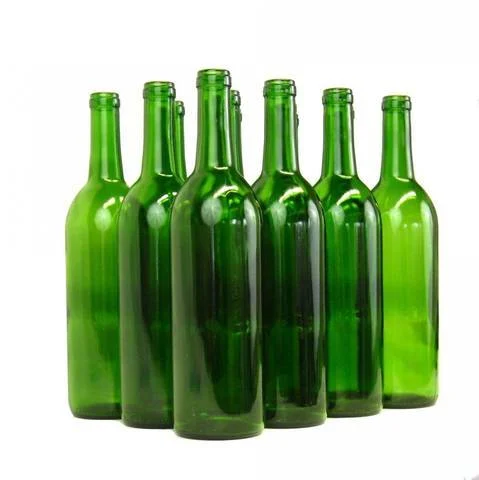Address
304 North Cardinal St.
Dorchester Center, MA 02124
Work Hours
Monday to Friday: 7AM - 7PM
Weekend: 10AM - 5PM
Address
304 North Cardinal St.
Dorchester Center, MA 02124
Work Hours
Monday to Friday: 7AM - 7PM
Weekend: 10AM - 5PM

The story of green glass bottles is a fascinating journey that intertwines with the history of human invention, industry, and even global conflict. Often referred to as “natural aqua glass,” “bottle glass,” or “bottle glass green” by glassmakers, these containers have been an integral part of our lives, serving as vessels for some of our most cherished beverages1. This article delves into the intriguing history of green glass bottles, shedding light on their origins, evolution, and significance.

The creation of green glass was a natural result of the materials used in its production. The green hue was typically induced by the copper and other minerals found in the sand used to make the bottles2. This color was not a deliberate choice initially but rather an unavoidable consequence of the glassmaking process3.
One of the most iconic green glass bottles in history is the Coca-Cola bottle. This distinctive container was originally colored with “German Green,” which was later renamed “Georgia Green” in honor of Coca-Cola’s home state4. The unique color, coupled with its contour shape, made the Coca-Cola bottle instantly recognizable worldwide.
Green glass bottles played a significant role in the beverage industry, particularly for sodas and beers. Early 7 UP bottles, for example, were green, a color choice linked to the lithium content in the original formula5.
Beer bottles also adopted the green hue due to a shortage of brown bottles during World War II6. This led to the popularization of green beer bottles, a tradition that continues with certain brands today7. However, after the war, there was a shift towards brown bottles for beer, while wine largely continued to be housed in green bottles6.
Hand-blown dark green or olive glass bottles were common in the eighteenth century, particularly for English-made containers8. These relics from the past, often found in shipwrecks and archaeological sites, provide valuable insights into historical trade and consumption patterns.
In conclusion, the history of green glass bottles is a testament to human ingenuity, adaptability, and resilience. From their natural origins to their role in shaping global beverage brands, these containers have left an indelible mark on our cultural and industrial landscape. Despite advancements in packaging materials, the charm, utility, and eco-friendliness of green glass bottles ensure they continue to hold a revered place in our lives.